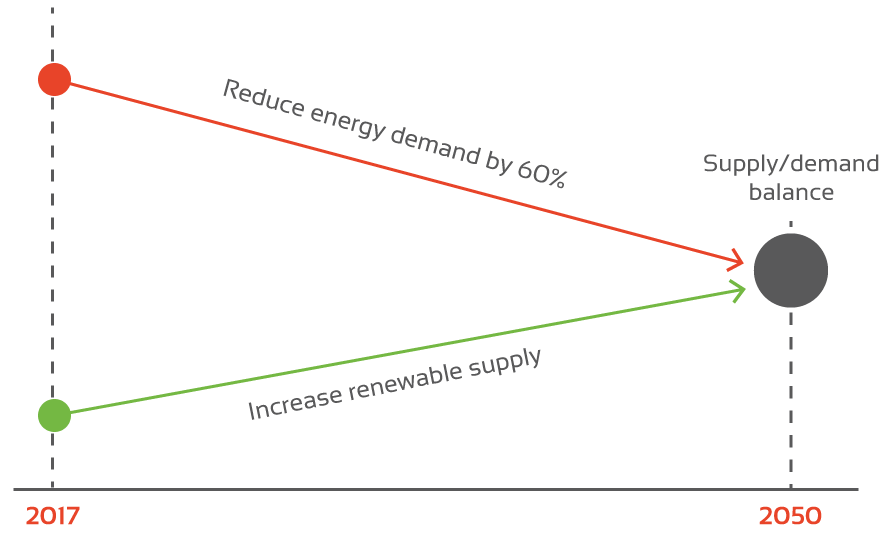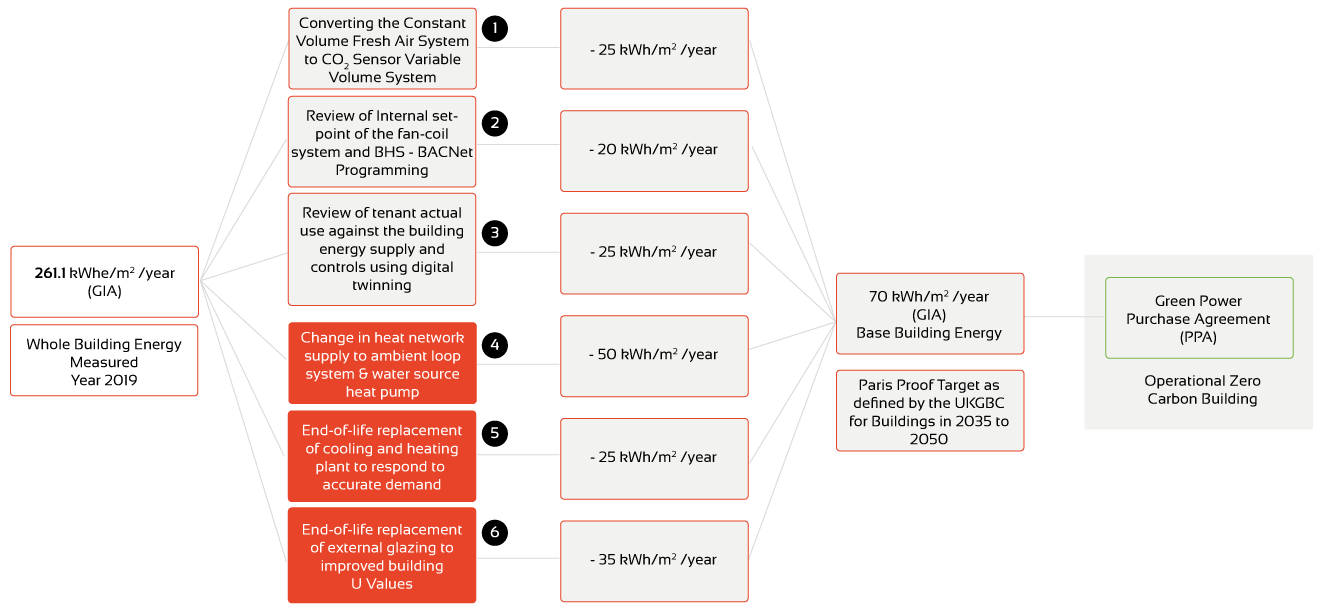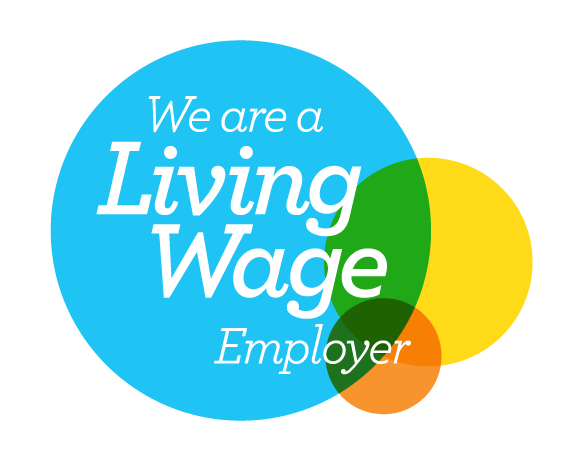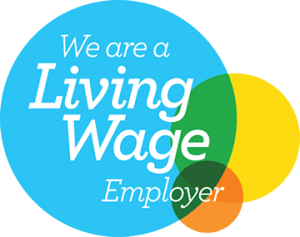How do ‘Paris Proof Targets’ help buildings show net zero alignment?
What are Paris Proof Targets?
The ‘Paris Proof’ methodology was first developed by the Dutch Green Building Council to define the amount of energy demand reduction required by the built environment in order for the economy to be fully powered by zero carbon energy by 2050 and to meet net zero emissions targets under the Paris Agreement.
The approach uses a top-down calculation based on the estimated capacity of low carbon energy supply available in 2050 and the allocation of this capacity to different economic and built environment sectors. The ‘fair share’ of energy can then be allocated at an individual building level to determine an energy use intensity (EUI) target - a building’s maximum annual energy consumption relative to its floor area.
Why are Paris Proof Targets important?
The built environment (buildings and infrastructure) is estimated to be responsible for 25% of UK greenhouse gas (GHG) emissions. Over the last two decades, built environment emissions have reduced by approximately. 30%. However, most of this decrease has resulted from a reduction in operational emissions attributable to rapid decarbonisation of the electricity grid, rather than improvements in the energy efficiency of buildings.
In order for the UK to meet its obligations under the COP 21 Paris Agreement, it will be vital to achieve significant improvements in energy efficiency rather than solely rely on green-electricity on the grid. This is because future renewable energy capacity is predicted to cover only 40% of buildings going all-electric.
The chart below is based on projections developed by UK Green Building Council (UKGBC) and illustrates that steep cuts in energy demand are required today to achieve a net zero economy in the UK by 2050 and that simply relying on decarbonisation of the electricity grid is not a viable solution.

How can organisation future proof their buildings?
By mapping targets to reduce Energy Usage Intensity (EUI), it is possible to identify what is required from energy consumption stand point vs reliance on green electricity for reaching net zero carbon on a building. As a general rule of thumb in the UK, if each building were to reduce its energy use by 60% then it would be possible to ensure all buildings are run entirely on green electricity in future. The UKGBC have published guidance on energy performance targets for offices (see technical report) in order to achieve net zero.
In 2021, The Optimised Group worked in collaboration with Kings Cross Estate in central London to develop a solution to meet its Paris Proof Target as defined by UKGBC.

The project identified a pathway to achieving a Paris Proof Target of 70 kWhe/m2/year by 2050. Some of the key opportunities and challenges identified included those around gaining better visibility of energy consumption across different areas of the Estate, upgrades to heat networks and energy efficiency technology and a number of long-term opportunities for the Estate, including reduced energy costs and minimising regulatory risks associated with the UK’s net zero transition.
If you would like to learn more about developing your own Paris Proof Target, please get in touch with our Optimised Net Zero team.
BOOK YOUR 30-MINUTE ENERGY MANAGEMENT CONSULTATION
Fill in your details below to arrange a complimentary consultation with one of our experts. They will give you bespoke advice to help your business achieve all its energy needs, reducing cost, consumption and carbon.









